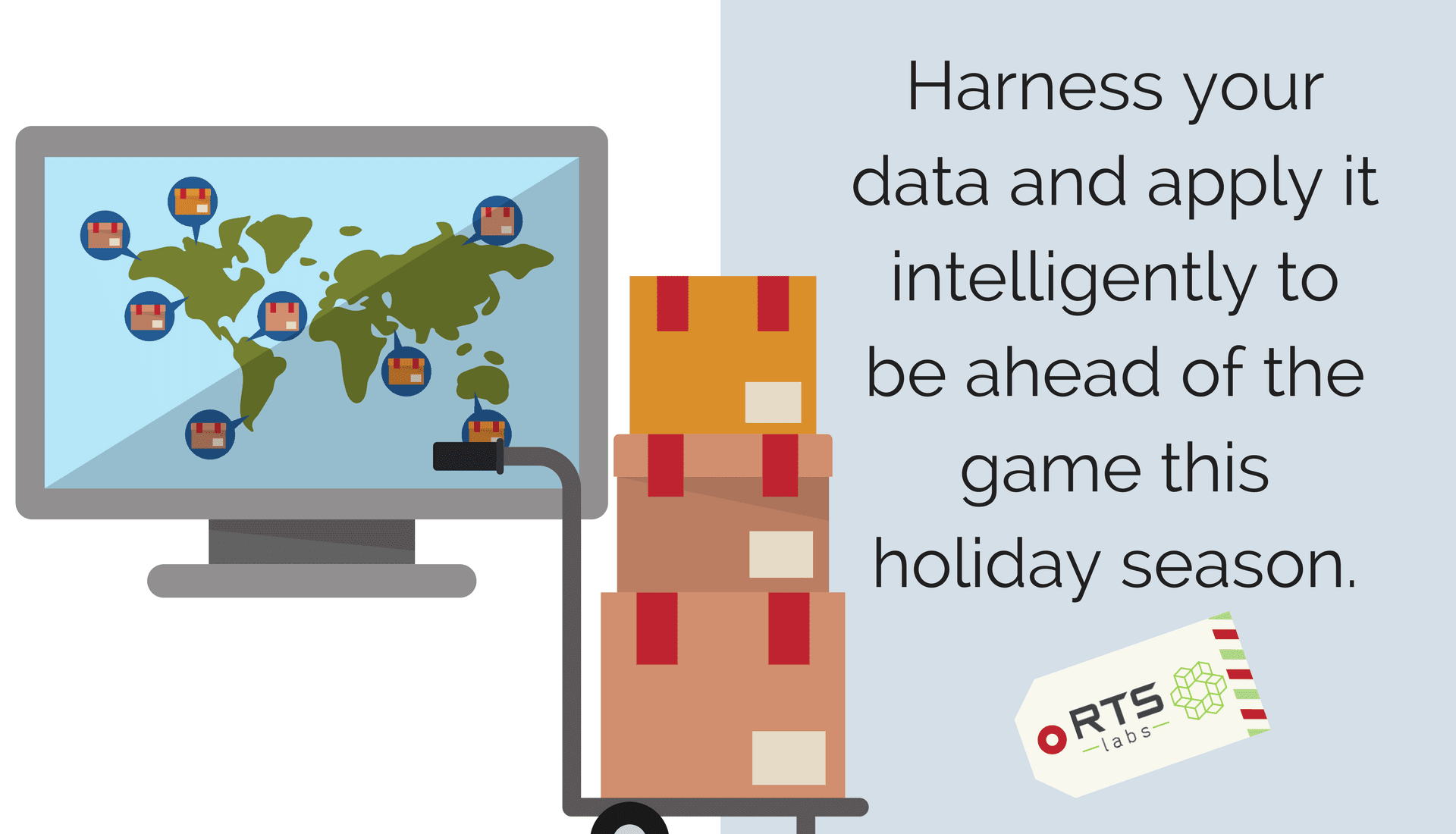Ordering holiday inventory is a delicate balancing act. How do you stock enough inventory to keep shelves full and consumers happy without sacrificing what hard-won profits you make to overstocks that end up in the clearance bin? With data. Data and business intelligence are how brick and mortar retailers can win big this holiday season.
This season seems to mark a turning point. Yes, retailers have been using Big Data to up their game and target consumers for years. But this year might be the one where retailers have really perfected the “secret formula” for retail success. Combining data from industry forecasts, trends, and annual sales with detailed data about consumer behavior, retailers have shown an uncanny ability to show up in consumers’ lives at precisely the right time through the right channel with the right offer. (And THAT is the very definition of business intelligence – when you take your data and apply it in intelligent ways to enhance your business.)
You don’t have to miss out on sales because you didn’t order enough stock, and you don’t have to lose money selling surplus inventory at a discount. Many people read the industry sales forecasts. But don’t stop there! Not everyone in your industry understands the power of their own data. Dig deeper with these three ways to use big data to predict holiday sales and order the right amount of merchandise.
Social Media Data
Consumer preferences are always shifting. One way to keep your finger on the pulse of trending merchandise is to dig into social media data. Industry forecasts are generally done years in advance. But social media is happening right now. Look at consumer engagement across social media channels to see what patterns you can find. Do you see trends or shifts in online behaviors? These can give you insight into what’s going to be hot and what’s going to flop.
While there will be some “hot” holiday items that sell no matter what, this is not the case for everything. What sells well on the West Coast won’t necessarily be a hit in the Midwest. Diving into social data can give you a better picture of what’s going to sell regionally.
Historical Sales Data
A prediction that holiday sales will increase in your industry does not guarantee you will see that increase – or that it will be the same as predicted industry-wide. It’s important to dive into your historical data to see how sales have been trending over the course of the year, what your holiday numbers have been in the past couple of years, and what general holiday items have been sellers for your business.
The other historical data to look at is what inventory has sold. What are you known for, and what do your customers need and expect from you? For example, just because drones are all the rage doesn’t mean you should necessarily stock up on them. If the latest greatest electronics have not sold well for you historically, or you can’t sell them competitively, there’s no reason to risk a stockroom full of this trendy, expensive inventory. Don’t let shiny objects distract you from who your customers are and who you are. Use data to order the items you know your customers want to buy from you this holiday season.
Supply Chain Data
There are a lot of places in the supply chain that can be improved with the help of data. Transactional data in the supply chain can be used to help forecast more accurately, predict consumer demand, and reduce supply chain waste.
Logistics data can help you optimize and adjust fulfillment channels, as well as plan sales and transportation strategies. It can also help you find sourcing, scheduling, and routing inefficiencies.
Having insights at each stage of the chain can help reduce out-of-stock situations and give you higher profit margins (because you saved money on shipping and sourced your items for the best price).
If you’ve got the right business intelligence tools and the right people to help you figure out your data story, you can pull your own data to predict the right amount and the right kind of merchandise to order this holiday season. If you don’t have a true business intelligence solution yet, consider making the investment in 2018. The ROI is worth it – not just for the extra profits it could lead you to but also for the peace of mind it brings and the way it enhances decision making.
Want to learn more about what business intelligence can really do for your business? Read: “Get the Most Bang for Your Buck from a Business Intelligence Solution.”






